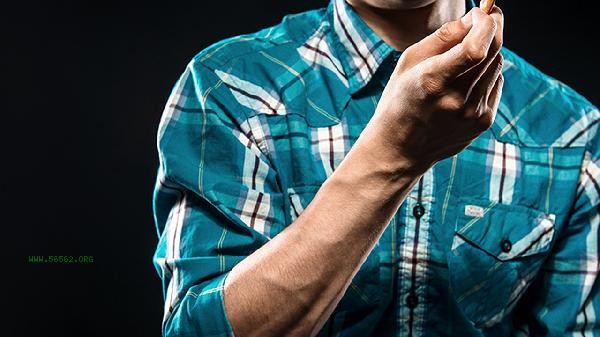Muscle and ligament strains in the arm can be accelerated through rest and immobilization, alternating cold and hot compresses, medication treatment, physical therapy, rehabilitation training, and other methods. Stretching is usually caused by sports injuries, external pulling, improper posture, muscle fatigue, and old injuries that have not healed.

1. Rest brake
During the acute phase, activity should be immediately stopped and the affected limb should be secured with a bandage to avoid secondary injury. Using a triangular bandage to suspend the forearm can reduce ligament tension, and it is recommended to brake for no less than 48 hours. During this period, it is prohibited to lift heavy objects or perform twisting movements. When sleeping, use a pillow to elevate the affected limb to promote blood flow back.
2. Alternating between cold and hot compress
Within 24 hours after injury, apply ice for 15 minutes every 2 hours to reduce swelling and inflammation. 48 hours later, switch to hot compress to promote blood circulation, with a temperature controlled at around 40 ℃, three times a day. Pay attention to using a towel to separate the skin when applying ice to avoid frostbite.
3. Drug treatment
Under the guidance of doctors, diclofenac sodium sustained-release tablets can be used to relieve pain, Yunnan Baiyao aerosol can be used to reduce inflammation locally, or traditional Chinese patent medicines and simple preparations can be taken orally to promote blood circulation and remove blood stasis. When there is severe swelling, short-term use of Maizhiling tablets can improve microcirculation. Do not use hormone drugs on your own.

4. Physical therapy
Ultrasound therapy can promote tissue repair, 3 times a week. During the recovery period, low-frequency electrical stimulation is used to prevent muscle atrophy, and infrared radiation helps restore ligament elasticity. Professional institutions' hydrotherapy and shock wave therapy have significant effects on old strains.
5. Rehabilitation training
After pain relief, passive joint activity begins and gradually transitions to resistance training with elastic bands. Grip ball exercise can enhance the coordination of forearm muscle groups, and baby style yoga can gently stretch ligaments. The training intensity is based on the degree of not causing pain, and the load is increased weekly. During the recovery period, high-quality protein intake should be ensured, and daily consumption of eggs, fish, and other foods should promote tissue repair. supplementing with vitamin C and zinc elements helps with collagen synthesis. Avoid smoking and drinking alcohol to avoid affecting blood circulation. Keep the affected limb above the heart during sleep and wear protective gear for daily activities. If there is no relief or joint loosening sensation within two weeks, timely follow-up examination should be conducted to rule out the possibility of complete ligament rupture. In the later stage of rehabilitation, low impact exercises such as swimming can be performed to enhance muscle endurance.









Comments (0)
Leave a Comment
No comments yet
Be the first to share your thoughts!